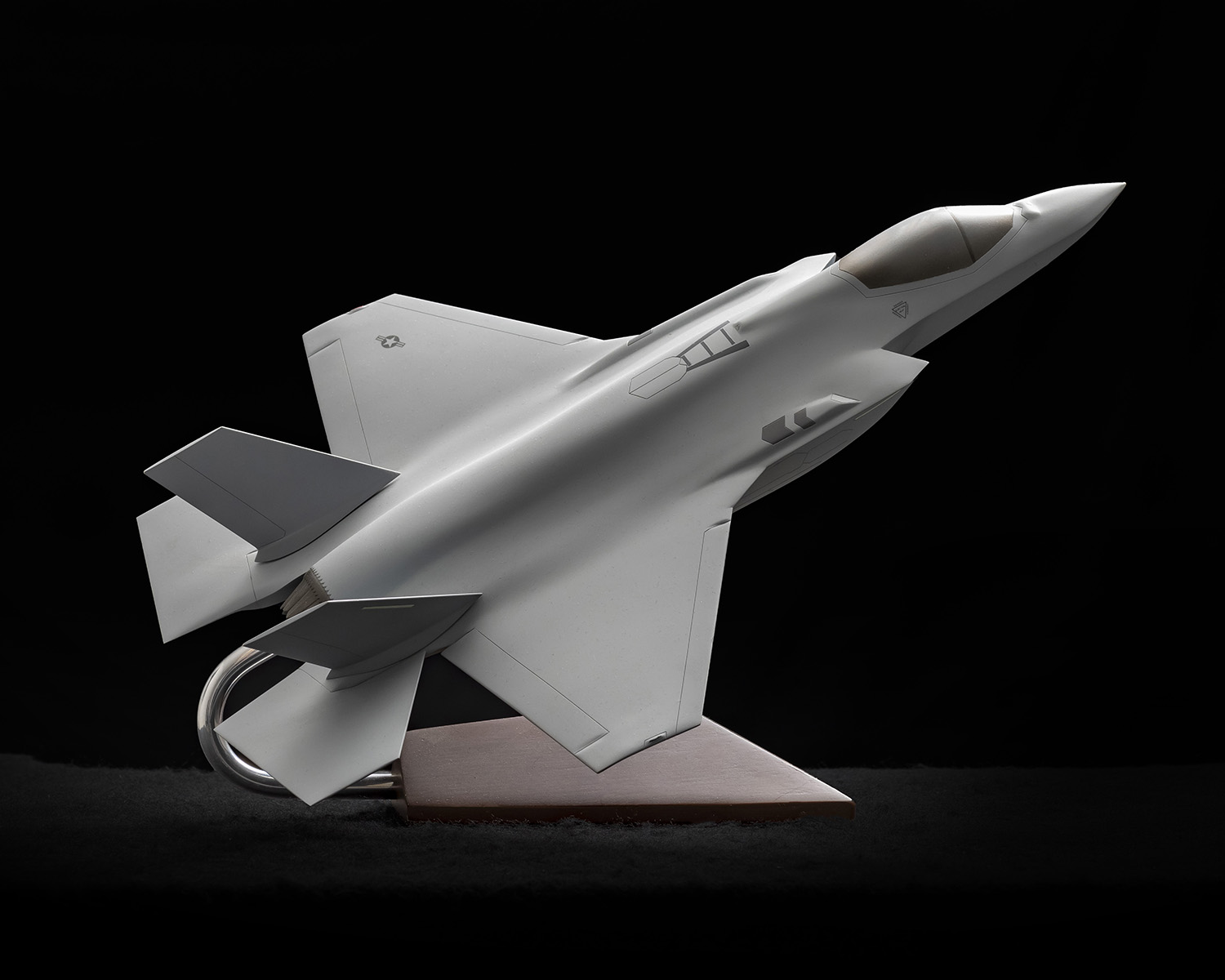Where It All Started
The F-35 began in Skunk Works® as a 5th Generation concept and developed into a “joint” strike fighter – one platform with three variants to meet the needs of the U.S. Air Force, the U.S. Marine Corps, and the U.S. Navy. In this never-been-done-before scenario, the world’s most advanced aircraft was born.
Throughout the aircraft’s development, Lockheed Martin engineers developed 25+ models to document the progression of the aircraft’s design. Below, find a selection of some models showing the inception of what is currently delivering to the fleet.
The one with removable parts.
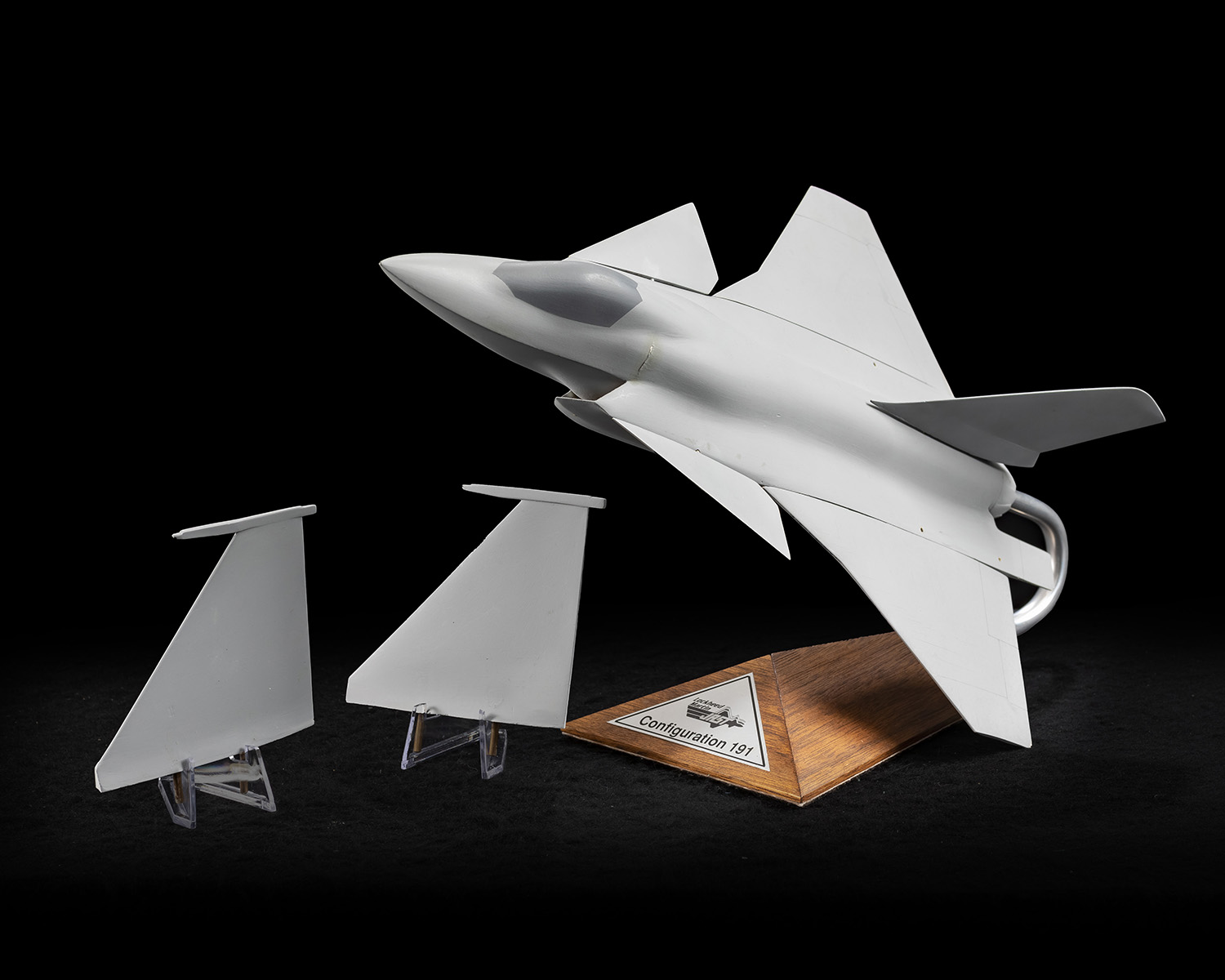
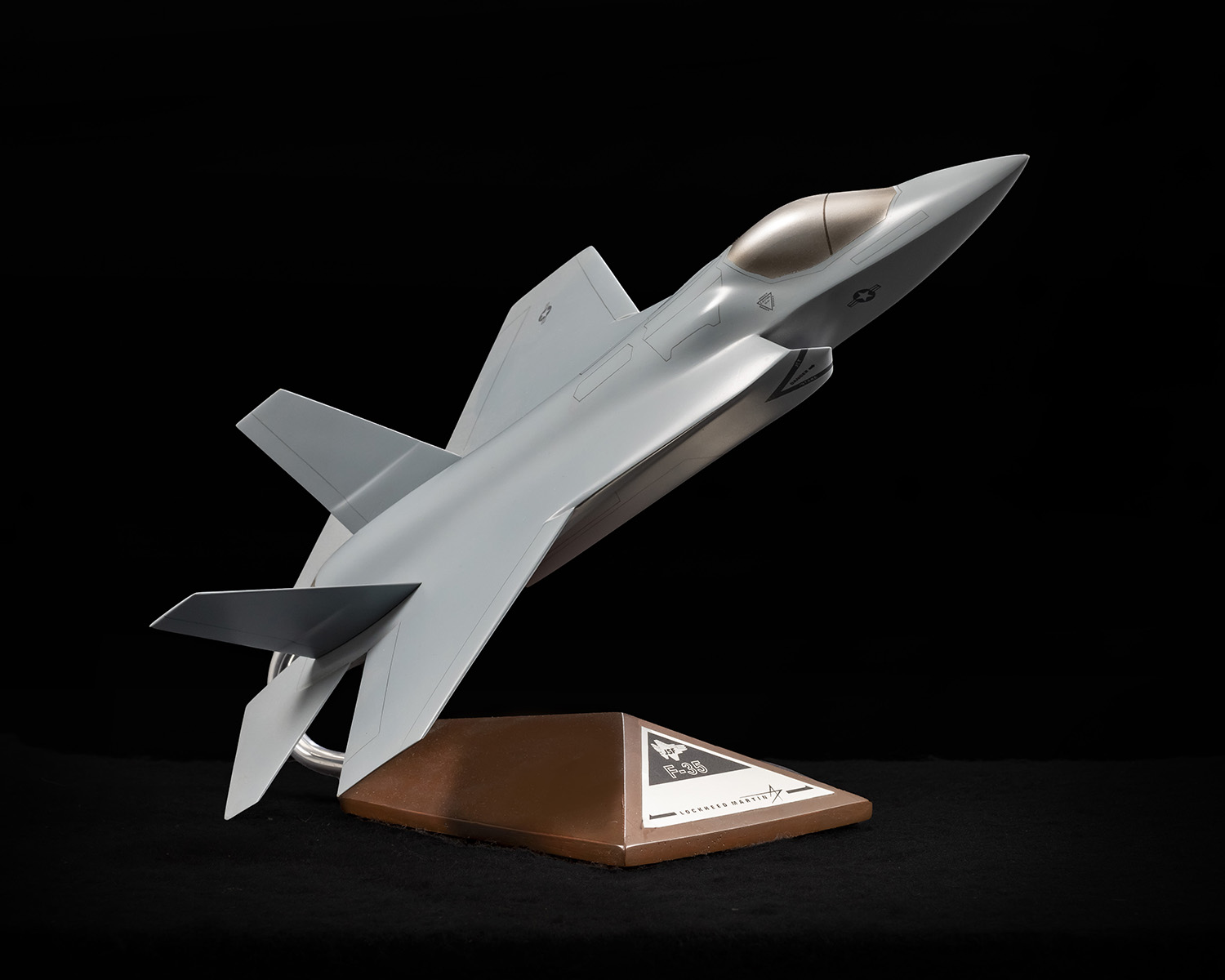
The one that gave us a chance.
The one that was actually two.
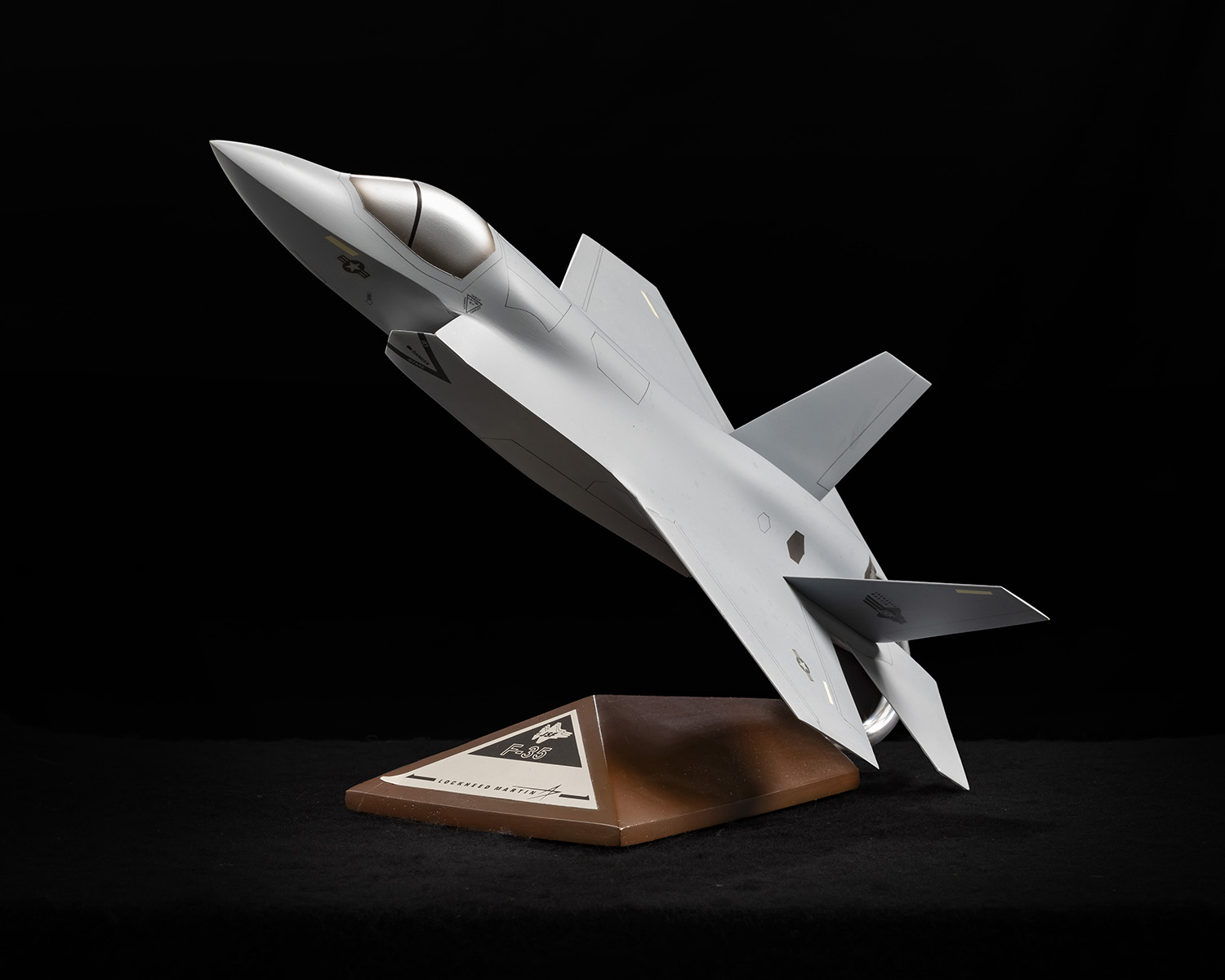
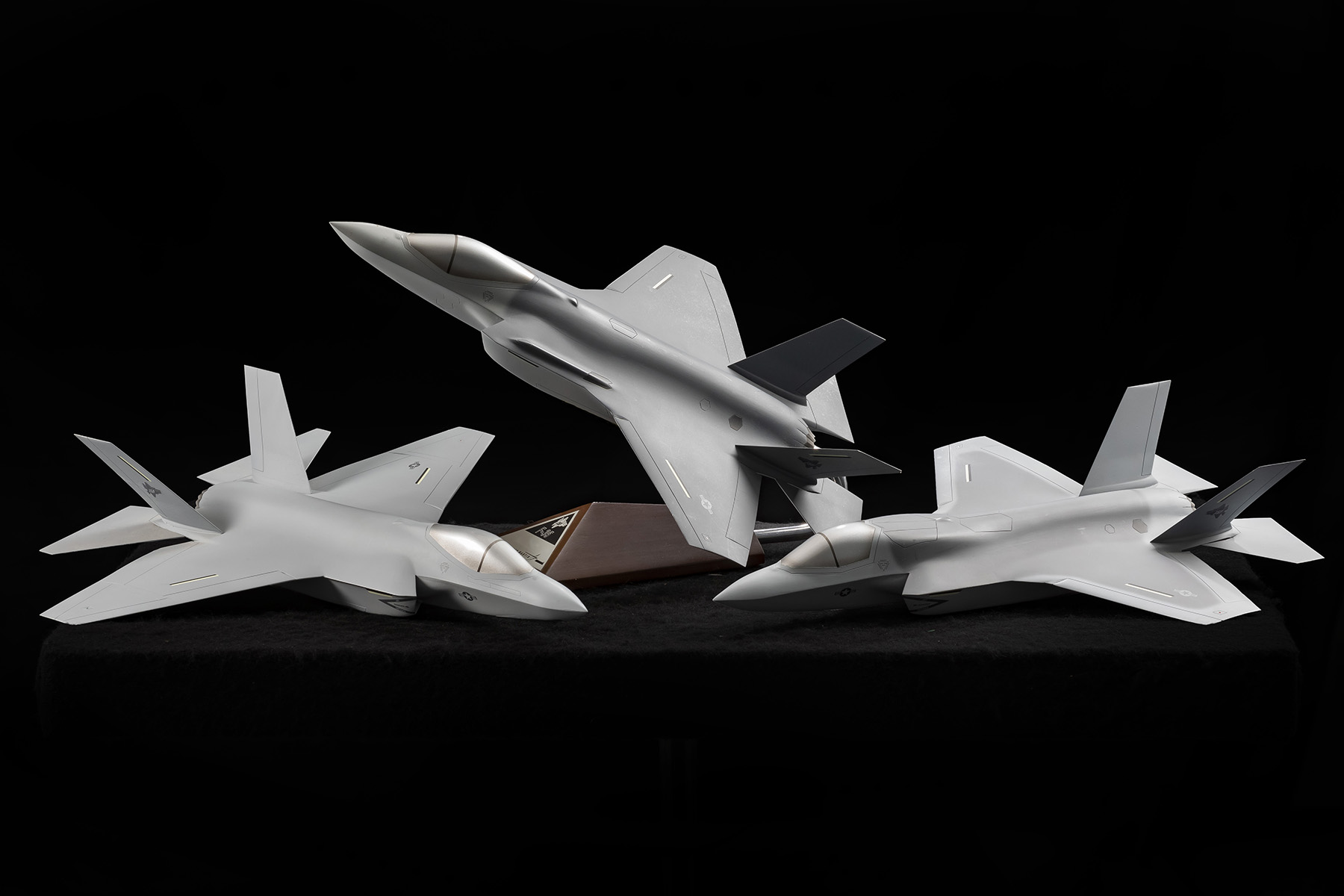
The one that won.
The one where we stopped development.
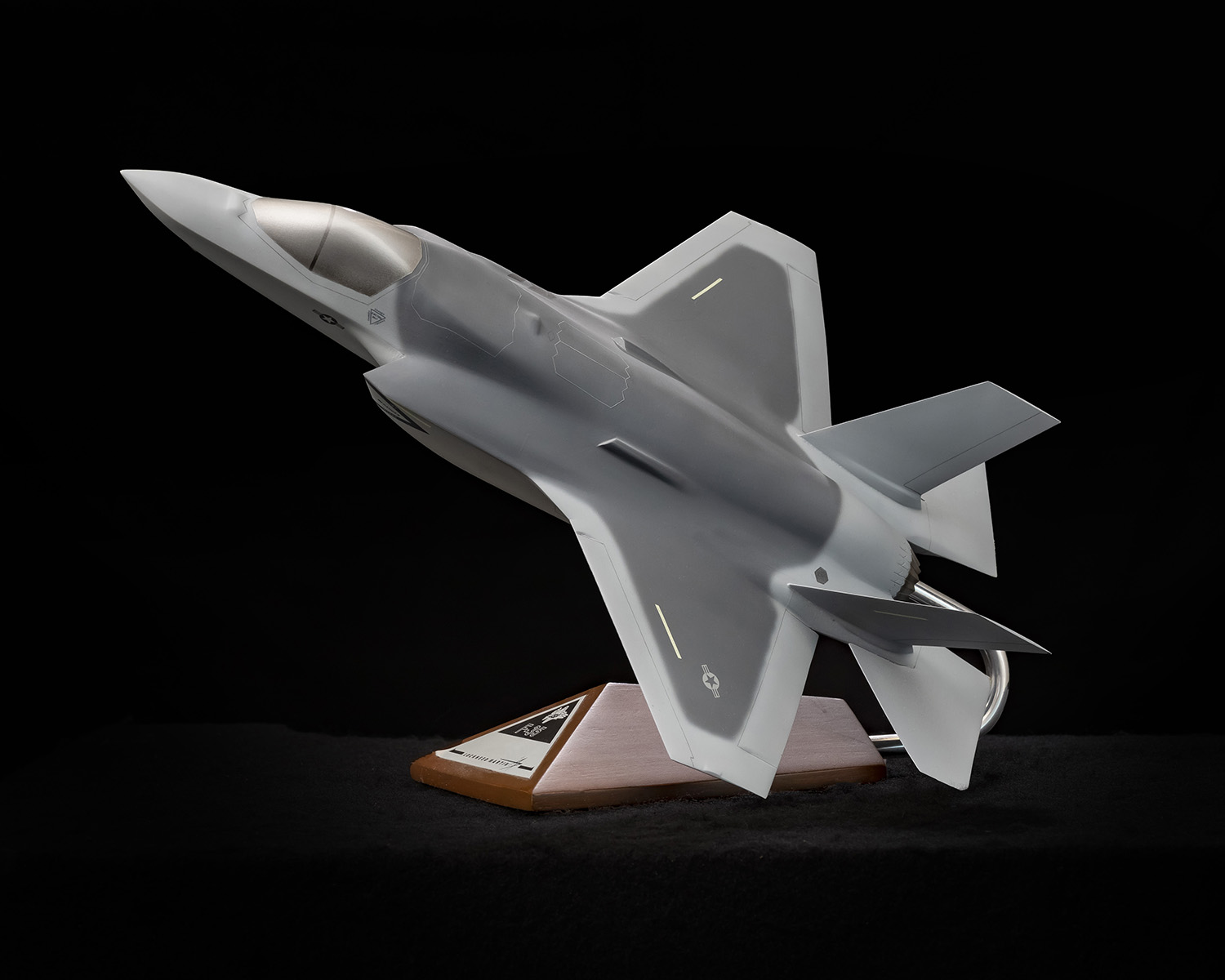
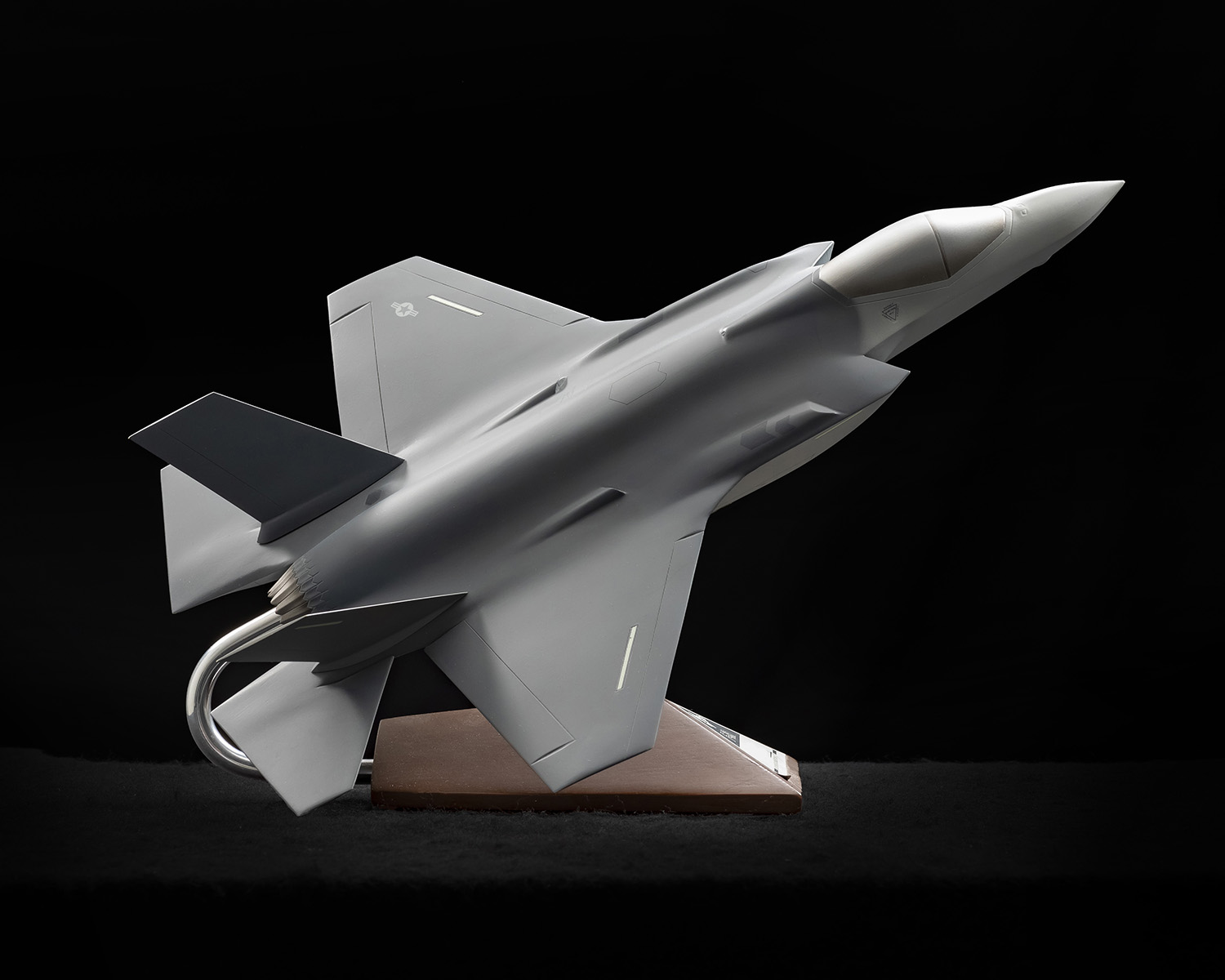
The Air Force one.
The current ones.
